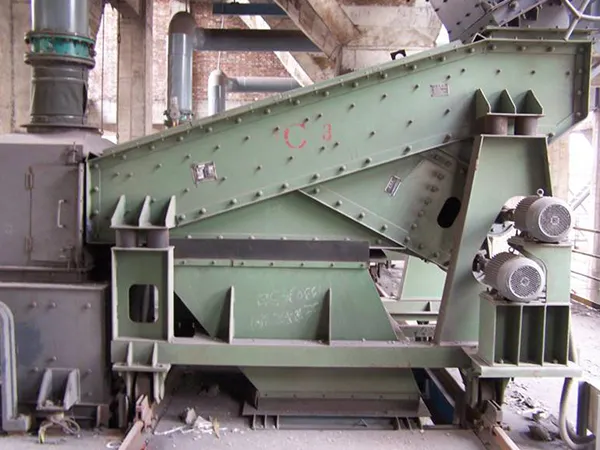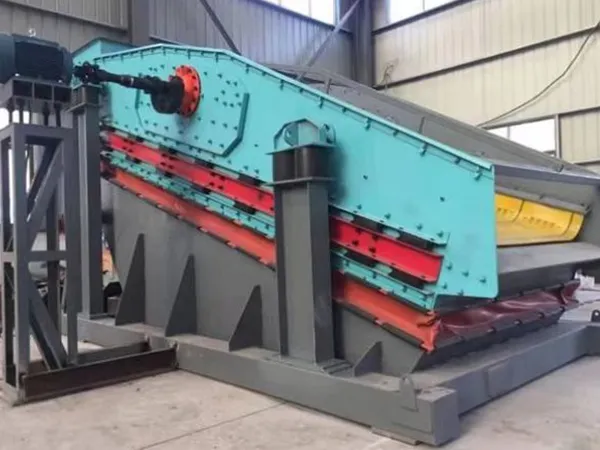time:Feb 18, 2024 source:ZEXCIT
Vibrating feeders are used to convey and extract materials from hoppers, bins, or stockpiles in a controlled manner. They are commonly used in industries such as mining, aggregate, metallurgy, construction, and recycling. When specifying a vibrating feeder, several key parameters need to be considered to ensure it meets the requirements of the application.

Capacity: This refers to the maximum volume of material that the vibrating feeder can handle per unit of time, typically expressed in tons per hour (TPH) or cubic meters per hour (m^3/h). Capacity depends on factors such as the size and density of the material, the feeder dimensions, and the desired feed rate.
Feed Size: The maximum particle size of the material that the vibrating feeder is designed to handle. It is important to ensure that the feed size does not exceed the capabilities of the feeder to prevent blockages and damage.
Feed Rate: This is the rate at which material is discharged from the feeder, typically expressed in units of weight per unit of time (e.g., tons per hour) or volume per unit of time (e.g., cubic meters per hour). The feed rate should be adjustable to accommodate varying production requirements.
Vibration Frequency: The frequency at which the feeder vibrates, measured in Hertz (Hz) or cycles per minute (CPM). Vibration frequency affects the material flow and feed rate and can be adjusted to optimize performance for different types of materials.
Amplitude: The maximum displacement or movement of the feeder tray during vibration, typically measured in millimeters (mm) or inches. Amplitude affects the intensity of the vibration and can be adjusted to control the flow of material and prevent segregation.
Feeder Type: There are different types of vibrating feeders, including electromagnetic, electromechanical, and pneumatic feeders. The choice of feeder type depends on factors such as the material properties, operating environment, and control requirements.

Construction Materials: The materials used in the construction of the feeder should be selected based on factors such as the abrasiveness and corrosiveness of the material being handled, as well as the operating conditions (e.g., temperature, humidity).
Control System: Vibrating feeders may be equipped with various control systems to regulate the feed rate, monitor performance, and integrate with downstream equipment. Control options include manual controls, variable frequency drives (VFDs), and automated control systems.
Mounting Configuration: The feeder may be mounted directly on a support structure or suspended from overhead beams, depending on the layout and space constraints of the installation site.
These are some of the key specifications to consider when specifying a vibrating feeder. It is essential to work closely with the manufacturer or supplier to ensure that the feeder meets the specific requirements of the application and operating conditions.

ZSK eccentrics series linear vibrating screen is a new and efficient universal screening equipment, screen box trajectory which is approximately a straight line. This series of screen machine embodies most of the advantages of a biaxial linear screen, with the most extensive scope and application prospects.
READ MORE
The DF Series Vibrator refers to a range of specialized vibrators used in various industrial applications to generate controlled vibrations. These vibrators are designed for reliability, durability, and efficiency, making them suitable for integration into equipment such as vibrating screens, feeders, conveyors, compactors, and sieves.
READ MORE
A flip flop vibrating screen is a type of vibrating screen that utilizes the principle of elasticity to effectively screen and separate fine materials. This unique design creates a flip-flop motion during the screening process, which helps prevent material blinding and pegging.
READ MORECopyright © 2023 Xinxiang Zongyuan Machinery Equipment Co., Ltd. | All Rights Reserved.